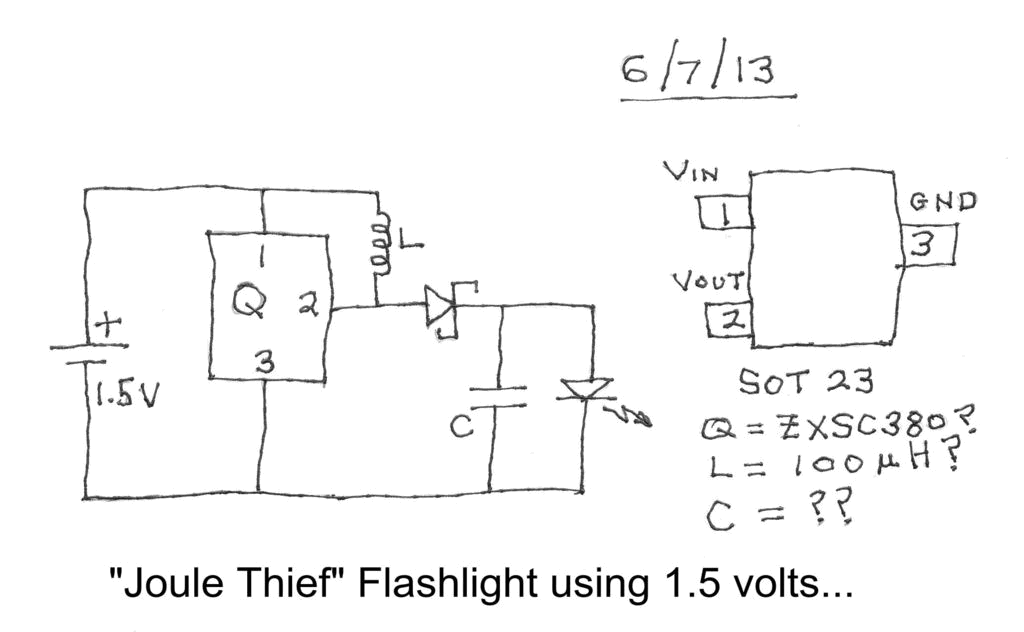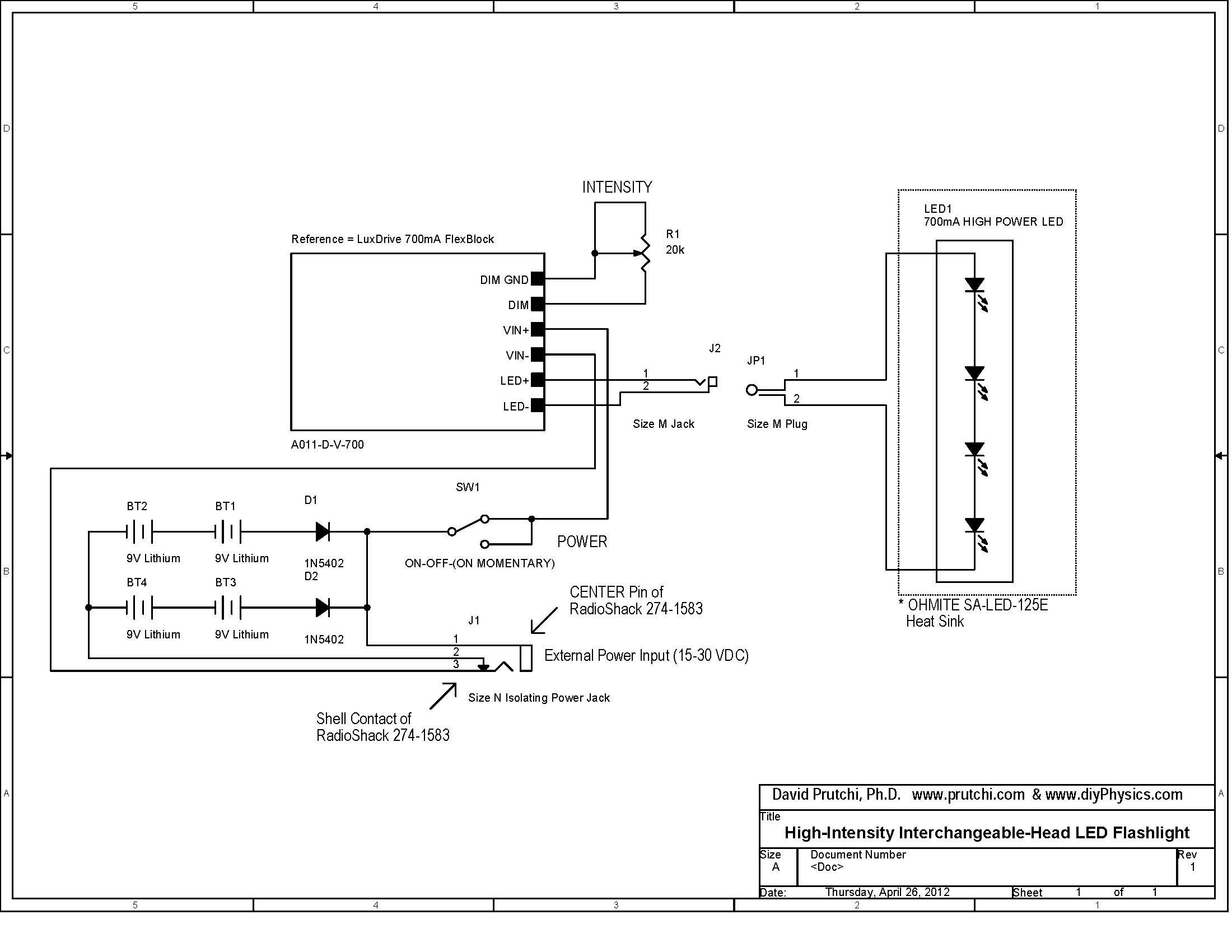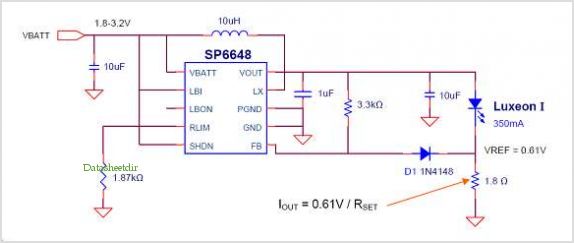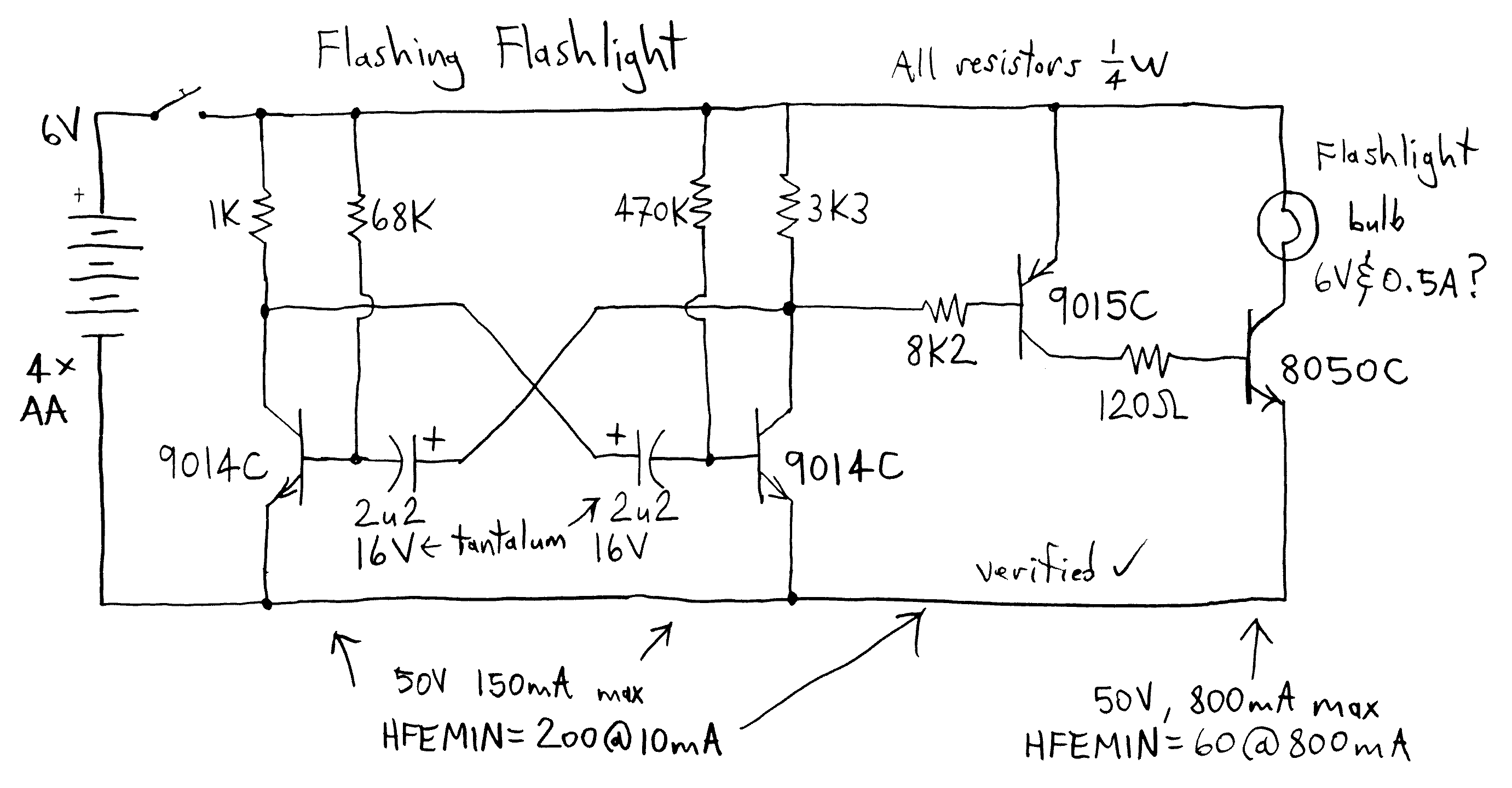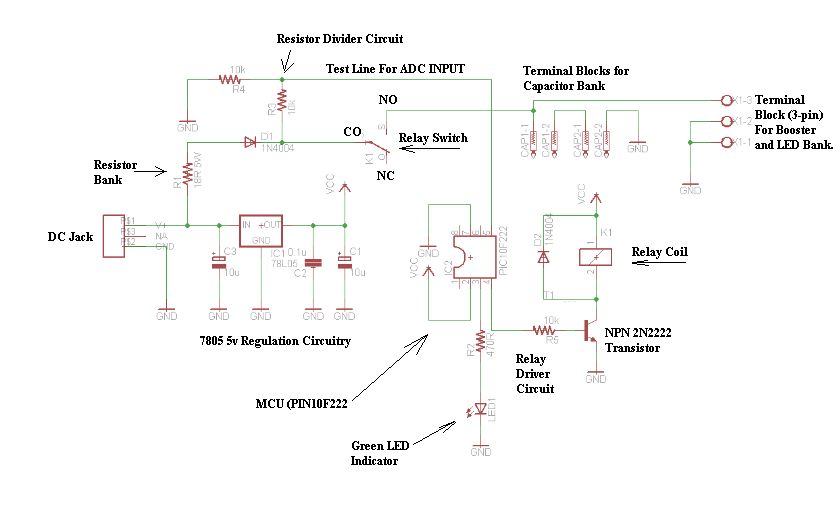
A semi-practical capacitor-powered flashlight
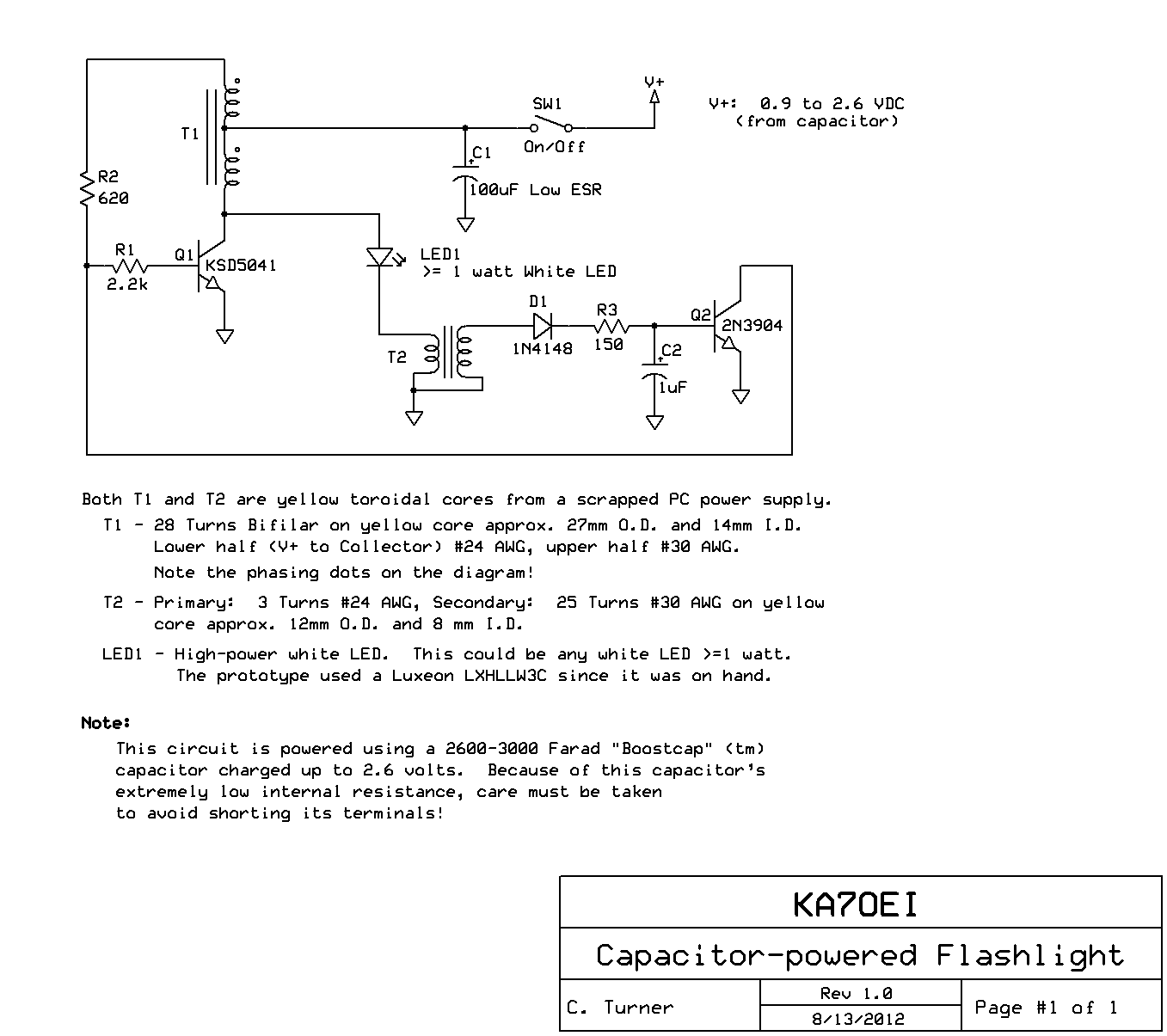
High-energy capacitors can produce hundreds of amps when short-circuited, potentially causing severe burns, fires, and property damage. It is essential to be aware of these hazards when using such capacitors and to take precautions to avoid accidental short-circuits. The capacitor-powered flashlight features a white PVC section at the end, which houses the inverter circuitry for operating the LED and shields the positive terminal of the capacitor to prevent accidental short-circuits. Many advertisements claim that these flashlights never require batteries and only need to be shaken to generate power. However, many of these flashlights contain batteries, and while they can still function without them, it takes several minutes of shaking to produce any usable light, requiring considerable effort to maintain a useful output.
In terms of energy storage, the inexpensive flashlight is equipped with a relatively small 0.22 Farad capacitor, which stores approximately 6.6 Joules of energy—less than 1/1000th of what a single AA alkaline cell contains. As a standard "super cap," its internal resistance is quite high (in the tens of ohms), resulting in significant energy loss as heat during both charging and discharging, albeit minimal. The LED in the flashlight does not illuminate until the capacitor voltage reaches approximately 2.7-3.0 volts, and it only achieves useful brightness between 3.6-4.2 volts. Consequently, a considerable portion of the energy stored in the capacitor at voltages below 3 volts is rendered unusable. A simple switching converter could facilitate the extraction of this additional energy while regulating the LED's current, ensuring a more consistent brightness across the entire charge range, with potential for adjustment as needed.
The shaking motion utilized to generate electricity is inefficient compared to a conventional crank-type generator. By increasing the rotational speed, it is possible to spin a smaller magnet faster within a greater number of generator poles, requiring less human effort. Furthermore, a crank-type generator is scalable, allowing for gentle or vigorous cranking to achieve comparable energy output, within reason. In practical scenarios, it is more likely that an external power source (such as a pre-charged battery, solar panels, or a plug-in power supply) would be used to charge the flashlight, making it unnecessary to carry a charging mechanism. While rechargeable batteries already fulfill this purpose, the concept of a capacitor-powered rechargeable flashlight serves more as an intellectual exercise than a practical solution, although practicality does not often deter experimentation.
Previously, The Electronic Goldmine in Arizona offered a substantial quantity of Maxwell Technology BCAP0010 "BoostCaps" with a rated capacity of 2600 Farads at 2.5 volts and a surge voltage of 2.8 volts, available for $6 each. Occasionally, models closer to 3 kiloFarads at 2.7 volts were available but at a higher price. As is typical with surplus items, the supply was limited.
The design of the capacitor-powered flashlight incorporates several key components: a high-energy capacitor for energy storage, an inverter circuit for LED operation, and a protective casing to prevent short-circuits. The selection of a switching converter allows for efficient energy management, ensuring that the LED operates within its optimal brightness range while maximizing the usable energy from the capacitor. This configuration highlights the balance between innovative design and practical energy solutions, illustrating the potential for further exploration in the realm of capacitor-based power systems.High-energy capacitors of the type discussed can produce hundreds of amps when short-circuited, possibly causing severe burns, fire and/or property damage! Please be aware of these hazards when using these capacitors and take precautions to avoid accidentally shorting them out.
The capacitor-powered flashlight. The white PVC portion at the end contains the inverter circuity to run the LED and the LED itself as well as shielding the positive terminal of the capacitor to prevent accidental short-circuits. You probably remember seeing advertisements for those flashlights whose claim was that they would never need batteries and one simply shook them back-and-forth to generate all the power that was needed.
As it turns out many of these same flashlights actually do contain batteries and that while they still worked if they were removed, it took several minutes of shaking to get any usable light and that it was quite an effort to maintain a useful light output with these same flashlights. A better capacitor. The cheap flashlight had a rather small (0. 22 Farad) capacitor for energy storage - not very much energy, really, approximately 6. 6 Joules maximum or less than 1/1000th of what a single AA alkaline cell contains! Being a standard "super cap" its internal resistance was quite high (10`s of ohms) which meant that a large percentage of the energy dumped into it during charging and that extracted from it to run the LED was lost as heat - not much heat, but heat just the same.
Switching converter to run the LED. The LED didn`t even begin to light until 2. 7-3. 0 volts or so appears across the capacitor and it isn`t usefully bright until there is 3. 6-4. 2 volts available which meant that a significant portion of the energy in the capacitor (all of that at voltages of 3-ish volts and below) was unusable. A simple switching converter would allow both extraction of that additional energy as well as regulate the LED`s current so that its brightness was more consistent over the entire charge range and, in theory, could also be adjusted upwards or downwards as necessary.
As it turns out, the back-and-forth shaking motion isn`t really a very efficient means of generating electricity in terms of expended muscle energy and compared to a conventional crank-type generator, it would necessarily be larger and heavier in order to be made reasonably efficient. By gearing up rotational speed, one can more-efficiently spin a smaller magnet faster in a larger number of generator poles with a motion that requires less human effort and what`s more, a crank-type generator is quite "scalable" in its operation: You could crank it gently for a long time or do so vigorously for a shorter time and get roughly comparable results in terms of total energy output - with reason, of course.
What is more likely in a practical situation is that one actually has a source of power somewhere else (e. g. an already-charged battery, solar panels, a plug-in power supply, etc. ) that can be used to charge the flashlight and that it`s unnecessary to actually bring along the means of charging the battery with you.
Such devices are already available in the form of batteries - particularly rechargeable - so having a capacitor-powered rechargeable flashlight is more of an intellectual exercise rather than one of practicality, but being practical has not usually been much of a deterrent to the experimenting nerd! Some time ago The Electronic Goldmine in Arizona had a large quantity of Maxwell Technology BCAP0010 "BoostCaps" (tm) available.
These were obtained for just $6 each had a rated capacity of 2600 Farads (yes, that`s 2. 6 kF or kiloFarads!) at 2. 5 volts with a "surge" voltage of 2. 8 volts - whatever that means. (I noted that at other times they had models that were closer to 3 kiloFarads at 2. 7 volts, but these were sold for far more than $6 each. Alas, as is the nature of surplus, the supply was limited 🔗 External reference
In terms of energy storage, the inexpensive flashlight is equipped with a relatively small 0.22 Farad capacitor, which stores approximately 6.6 Joules of energy—less than 1/1000th of what a single AA alkaline cell contains. As a standard "super cap," its internal resistance is quite high (in the tens of ohms), resulting in significant energy loss as heat during both charging and discharging, albeit minimal. The LED in the flashlight does not illuminate until the capacitor voltage reaches approximately 2.7-3.0 volts, and it only achieves useful brightness between 3.6-4.2 volts. Consequently, a considerable portion of the energy stored in the capacitor at voltages below 3 volts is rendered unusable. A simple switching converter could facilitate the extraction of this additional energy while regulating the LED's current, ensuring a more consistent brightness across the entire charge range, with potential for adjustment as needed.
The shaking motion utilized to generate electricity is inefficient compared to a conventional crank-type generator. By increasing the rotational speed, it is possible to spin a smaller magnet faster within a greater number of generator poles, requiring less human effort. Furthermore, a crank-type generator is scalable, allowing for gentle or vigorous cranking to achieve comparable energy output, within reason. In practical scenarios, it is more likely that an external power source (such as a pre-charged battery, solar panels, or a plug-in power supply) would be used to charge the flashlight, making it unnecessary to carry a charging mechanism. While rechargeable batteries already fulfill this purpose, the concept of a capacitor-powered rechargeable flashlight serves more as an intellectual exercise than a practical solution, although practicality does not often deter experimentation.
Previously, The Electronic Goldmine in Arizona offered a substantial quantity of Maxwell Technology BCAP0010 "BoostCaps" with a rated capacity of 2600 Farads at 2.5 volts and a surge voltage of 2.8 volts, available for $6 each. Occasionally, models closer to 3 kiloFarads at 2.7 volts were available but at a higher price. As is typical with surplus items, the supply was limited.
The design of the capacitor-powered flashlight incorporates several key components: a high-energy capacitor for energy storage, an inverter circuit for LED operation, and a protective casing to prevent short-circuits. The selection of a switching converter allows for efficient energy management, ensuring that the LED operates within its optimal brightness range while maximizing the usable energy from the capacitor. This configuration highlights the balance between innovative design and practical energy solutions, illustrating the potential for further exploration in the realm of capacitor-based power systems.High-energy capacitors of the type discussed can produce hundreds of amps when short-circuited, possibly causing severe burns, fire and/or property damage! Please be aware of these hazards when using these capacitors and take precautions to avoid accidentally shorting them out.
The capacitor-powered flashlight. The white PVC portion at the end contains the inverter circuity to run the LED and the LED itself as well as shielding the positive terminal of the capacitor to prevent accidental short-circuits. You probably remember seeing advertisements for those flashlights whose claim was that they would never need batteries and one simply shook them back-and-forth to generate all the power that was needed.
As it turns out many of these same flashlights actually do contain batteries and that while they still worked if they were removed, it took several minutes of shaking to get any usable light and that it was quite an effort to maintain a useful light output with these same flashlights. A better capacitor. The cheap flashlight had a rather small (0. 22 Farad) capacitor for energy storage - not very much energy, really, approximately 6. 6 Joules maximum or less than 1/1000th of what a single AA alkaline cell contains! Being a standard "super cap" its internal resistance was quite high (10`s of ohms) which meant that a large percentage of the energy dumped into it during charging and that extracted from it to run the LED was lost as heat - not much heat, but heat just the same.
Switching converter to run the LED. The LED didn`t even begin to light until 2. 7-3. 0 volts or so appears across the capacitor and it isn`t usefully bright until there is 3. 6-4. 2 volts available which meant that a significant portion of the energy in the capacitor (all of that at voltages of 3-ish volts and below) was unusable. A simple switching converter would allow both extraction of that additional energy as well as regulate the LED`s current so that its brightness was more consistent over the entire charge range and, in theory, could also be adjusted upwards or downwards as necessary.
As it turns out, the back-and-forth shaking motion isn`t really a very efficient means of generating electricity in terms of expended muscle energy and compared to a conventional crank-type generator, it would necessarily be larger and heavier in order to be made reasonably efficient. By gearing up rotational speed, one can more-efficiently spin a smaller magnet faster in a larger number of generator poles with a motion that requires less human effort and what`s more, a crank-type generator is quite "scalable" in its operation: You could crank it gently for a long time or do so vigorously for a shorter time and get roughly comparable results in terms of total energy output - with reason, of course.
What is more likely in a practical situation is that one actually has a source of power somewhere else (e. g. an already-charged battery, solar panels, a plug-in power supply, etc. ) that can be used to charge the flashlight and that it`s unnecessary to actually bring along the means of charging the battery with you.
Such devices are already available in the form of batteries - particularly rechargeable - so having a capacitor-powered rechargeable flashlight is more of an intellectual exercise rather than one of practicality, but being practical has not usually been much of a deterrent to the experimenting nerd! Some time ago The Electronic Goldmine in Arizona had a large quantity of Maxwell Technology BCAP0010 "BoostCaps" (tm) available.
These were obtained for just $6 each had a rated capacity of 2600 Farads (yes, that`s 2. 6 kF or kiloFarads!) at 2. 5 volts with a "surge" voltage of 2. 8 volts - whatever that means. (I noted that at other times they had models that were closer to 3 kiloFarads at 2. 7 volts, but these were sold for far more than $6 each. Alas, as is the nature of surplus, the supply was limited 🔗 External reference
Warning: include(partials/cookie-banner.php): Failed to open stream: Permission denied in /var/www/html/nextgr/view-circuit.php on line 713
Warning: include(): Failed opening 'partials/cookie-banner.php' for inclusion (include_path='.:/usr/share/php') in /var/www/html/nextgr/view-circuit.php on line 713
